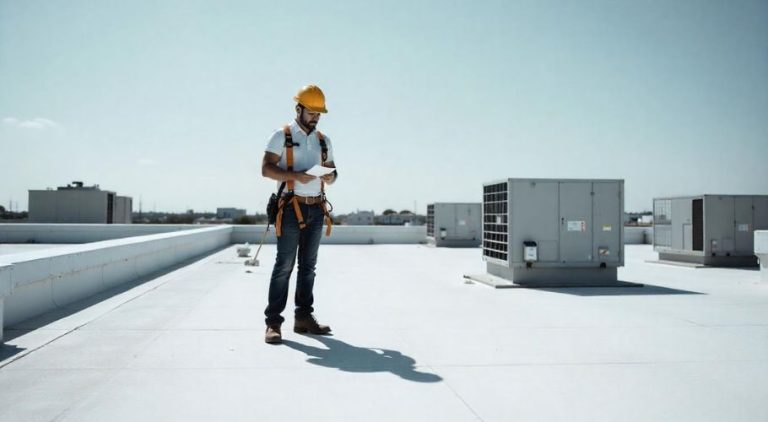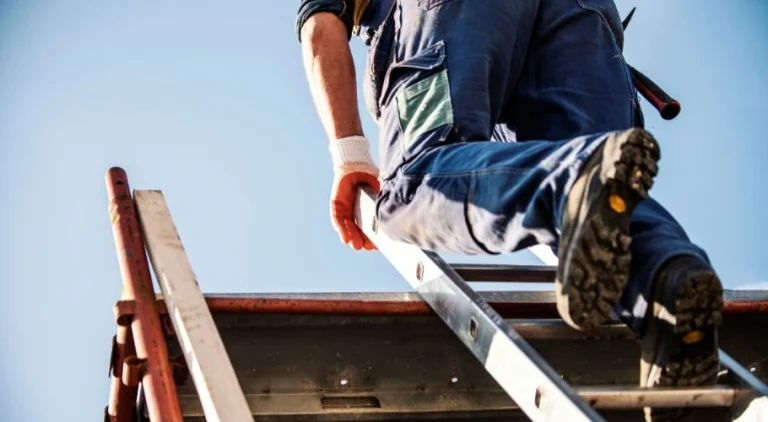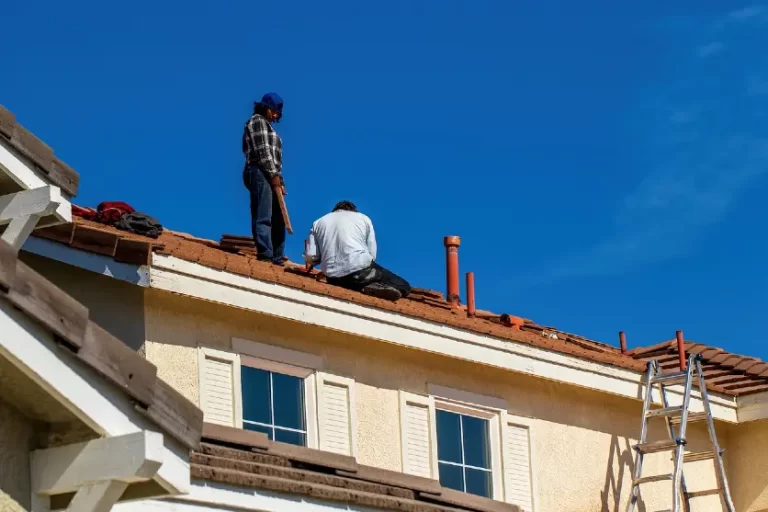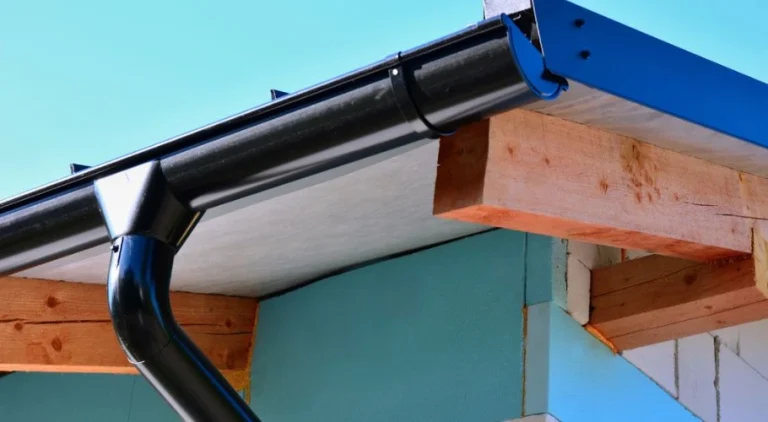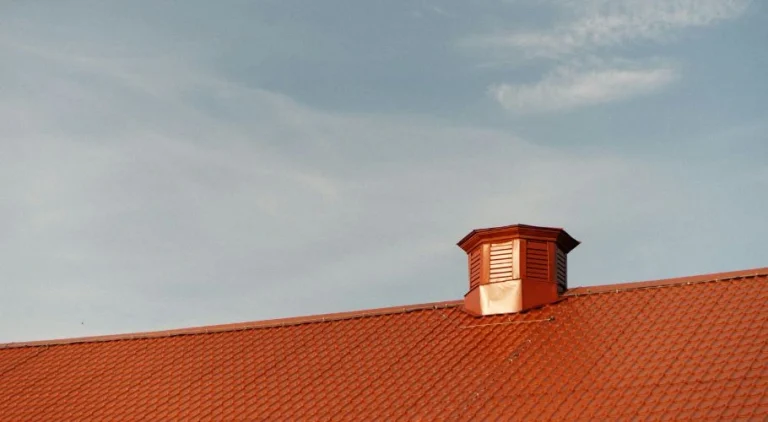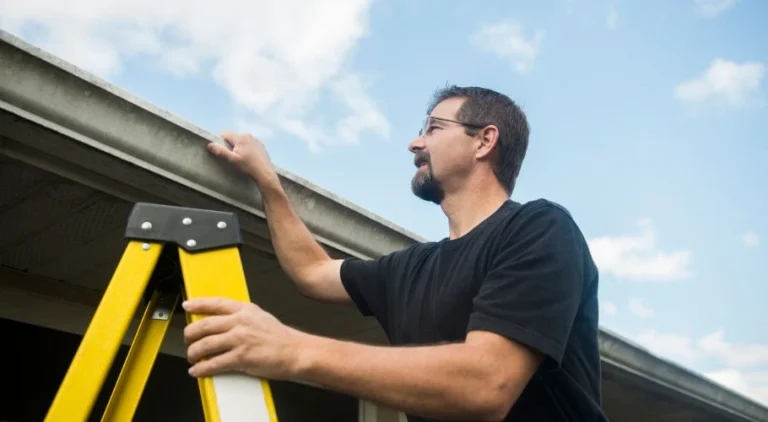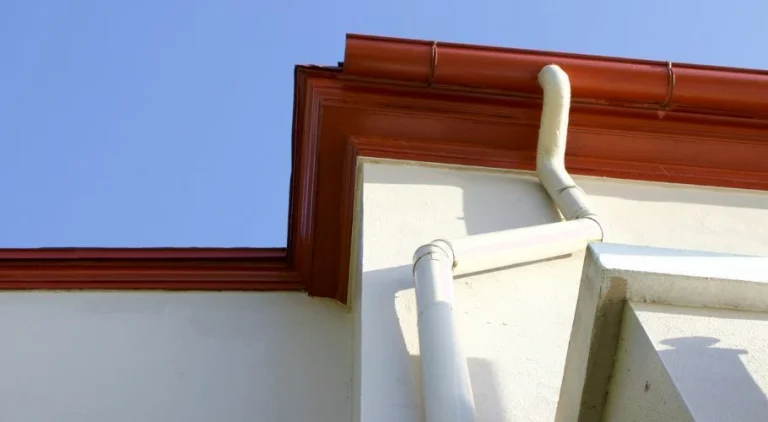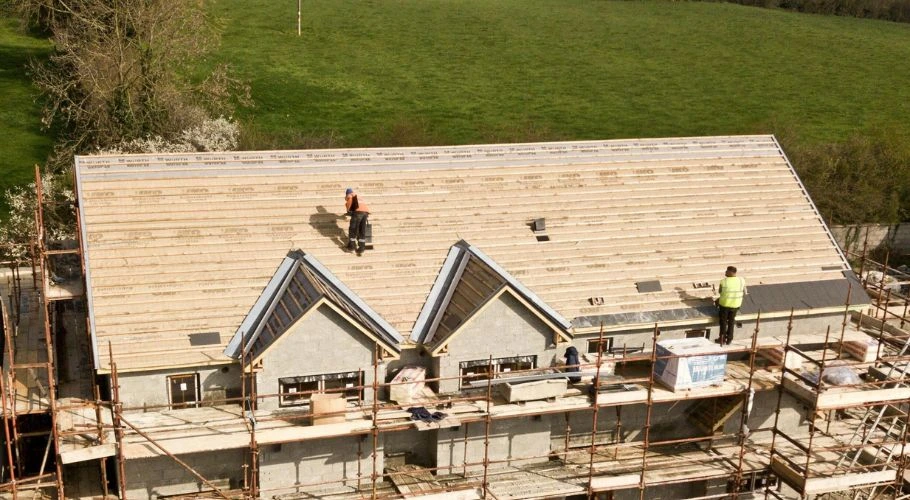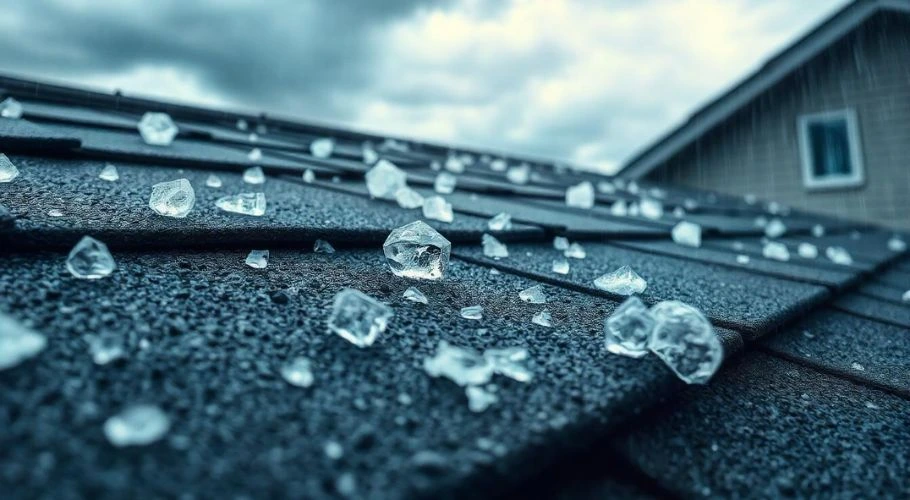
How Hail Damage Impacts Your Roof and How to Take Action
Roof damage due to extreme weather is one of the biggest concerns among homeowners, and hail damage is even more worrying because of the risks and problems it can bring. Robbins Roofing has dealt with all kinds of weather-related roofing issues, so we’re here to discuss how hail damage impacts your roof—plus what you can do to resolve it. Below, we’ll go over what hail damage looks like on a roof (asphalt, metal, tile, slate, and flat roofs) followed by the necessary steps to take to make sure your roof gets back to optimal condition.
What Hail Roof Damage Looks Like for Different Materials
1. Asphalt Shingles
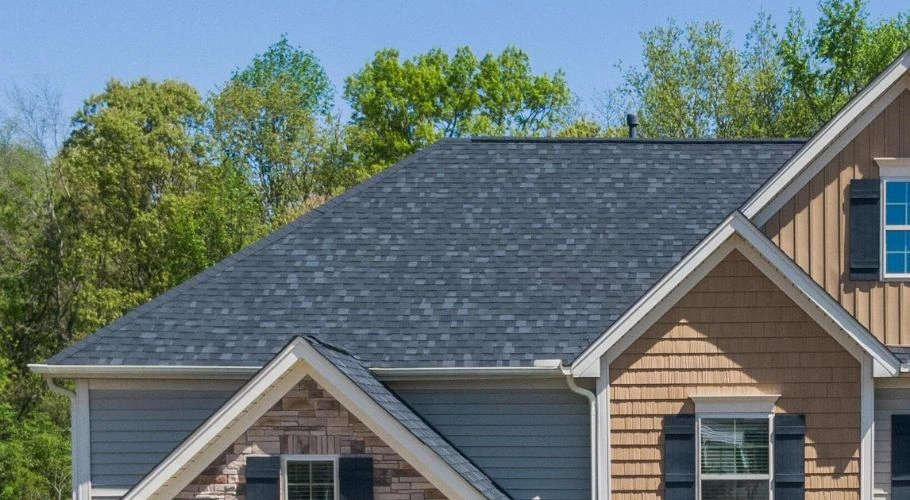
Asphalt shingles have a top layer of tiny protective granules that shield them from rain and UV light degradation. Hail knocks these granules loose, leaving behind bald spots where the asphalt coating underneath is exposed. Once that layer is gone, your roof shingles start aging faster, making them brittle and extremely prone to leaks.
Large hailstones can hit with enough force to crack the shingles. This might not cause an immediate leak, but once water starts seeping into those cracks, it’s only a matter of time before the damage spreads.
Some hail damage, on the other hand, causes soft spots or bruising. Basically, instead of cracked shingles, you get a vulnerable, soft spot where the underlying material is weakened. These bruised areas might not start leaking for months, but eventually, they’ll fail.
Note: If your roof is more than 10 years old, it’s especially vulnerable. The shingles have already lost some of their protective coating, making them more likely to crack or tear under the impact of hail.
2. Metal Roofs
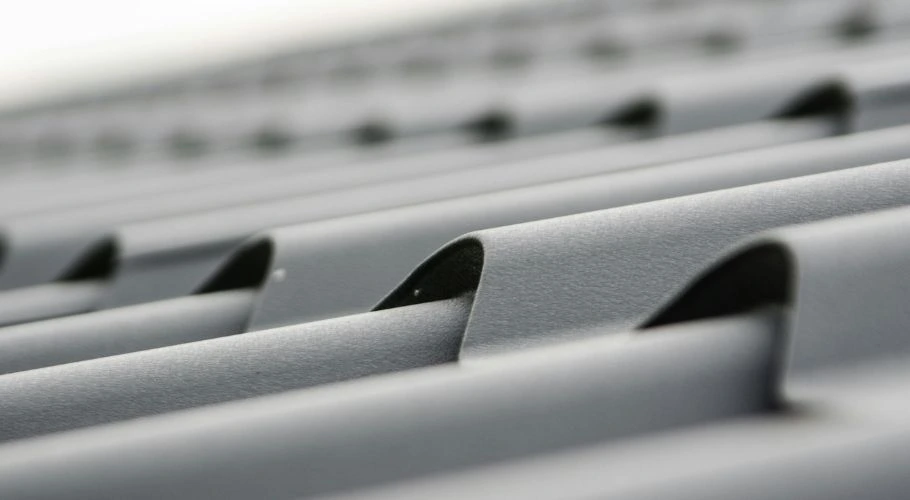
Roof hail damage looks a bit different on metal roofs. The most common issue with metal roofs is denting. While a few small dents might be purely cosmetic, larger dents can weaken the metal over time. If hailstones hit hard enough, they can create low spots where water collects, leading to rust and eventual roof leaks.
Now, if hail hits the seams of a metal roof, it can loosen the fasteners that hold the panels in place. This weakens the roof’s ability to withstand high winds, which means the next severe hailstorm could rip panels right off if the problem isn’t addressed.
Metal roofs actually don’t require immediate replacement, especially if you’re only dealing with cosmetic damage. But they do need a professional inspection to make sure there aren’t weak points or significant damage that could fail in a few months.
3. Tile and Slate Roofs

Tile and slate are some of the strongest and most resilient roof materials, but they don’t absorb impact very well. Instead of denting or bruising like asphalt and metal, they’re more likely to crack or shatter under heavy hail.
Hailstones, even the small ones, can knock off pieces of clay or slate and expose the underlayment beneath. Water will then seep into these cracks and potentially weaken the entire roofing system. Strong wind combined with hail can also shift tiles out of place, creating openings where water can get through. This means hidden leaks that spread over time.
4. Flat and Commercial Roofs
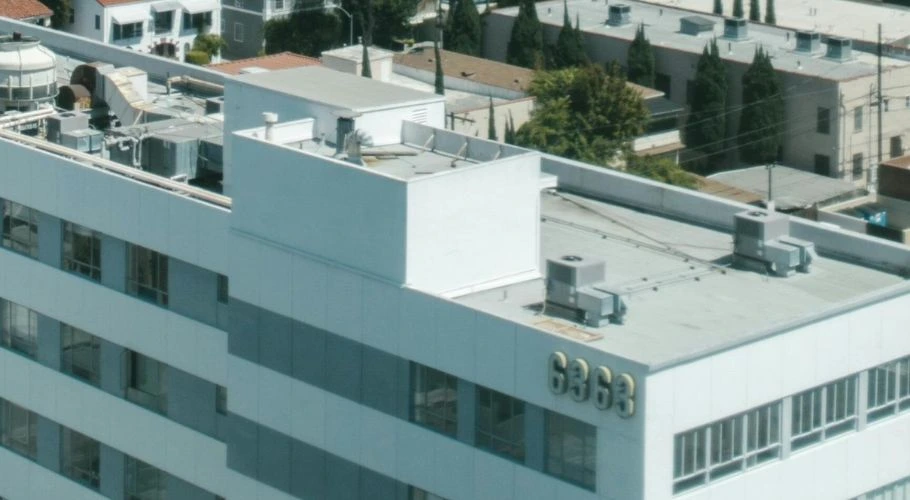
Homes and businesses with flat roofs can experience severe damage after inclement weather, and hail damage often shows up in the form of punctures or drainage issues. Many flat roofs are covered with rubber (EPDM), PVC, or TPO membranes. Hail can puncture these materials, especially if the hail is large or the roof is already aging. Hail can also cause low spots where water pools. Standing water weakens the roofing material and may lead to slow leaks that are hard to detect.
Since flat roofs don’t naturally send water to the gutters like sloped roofs do, any damage that affects drainage needs to be fixed fast to avoid long-term problems.
Specific Hailstone Sizes That Cause Damage to Materials

Does hail damage size affect the damage it costs? According to research on ice stone impact, size is one of the factors that dictate the intensity of a hailstone’s damage to a roof, along with hail stone shape, density, accompanying wind speeds, and wind direction.
Type of Roofing Material | Hailstone Size (inches) |
|---|---|
3-tab asphalt shingles | 1.00 |
Laminated shingles | 1.25 |
Cedar shingles | 1.25 |
Medium cedar shakes | 1.50 |
Fiber-cement tiles | 1.50 |
Concrete tiles | 1.75 |
Built-up gravel roofing | 2.50 |
What to Do If Your Roof Has Hail Damage
1. Do a Quick Visual Check
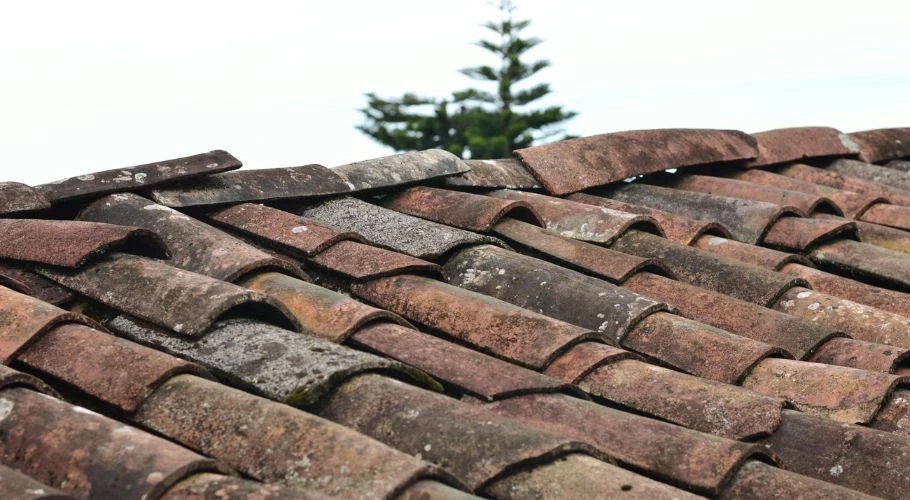
Confirm whether you have a hail-damaged roof. Look for signs of hail damage like missing, curled, or cracked shingles, as well as visible damage to other parts of your roof like plastic roof vents and metal fascia. Also check your house’s vinyl siding. Check for granules collecting at the base of your downspouts, and also look for broken or shifted tiles throughout your entire roof.
After finding signs of hail impact, we recommend calling in a professional roofer so they can take a closer look at the damage and recommend steps to address it.
2. Get a Professional Roof Inspection
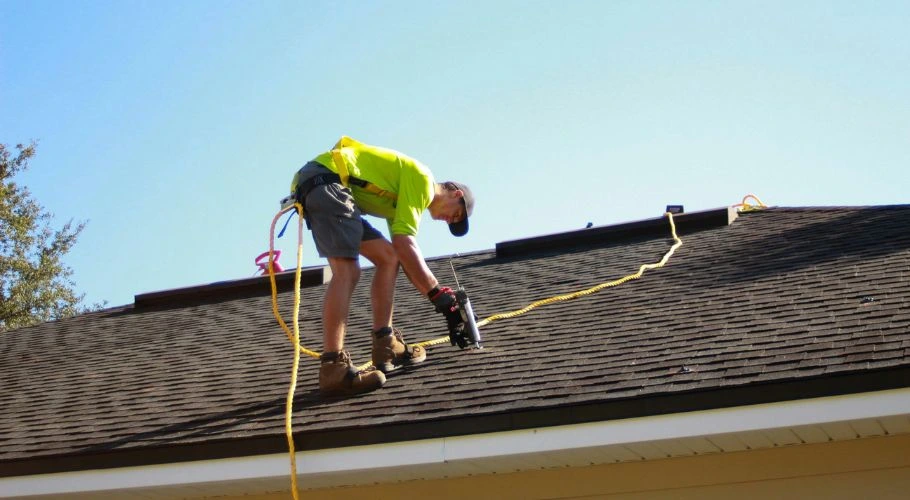
Most roofing contractors will tell you that hail can leave behind hidden issues that only experts can catch. That’s why it’s beneficial to get your roof inspected, especially after a hail storm. A professional will check the roofing materials for signs of damage as well as the roof protrusions for weakened seals. With the roof inspection completed, you can be at ease knowing your roof is in decent shape. But if the roofer does find damage, then they can address the issue right away.
3. Document Everything for Insurance Claims
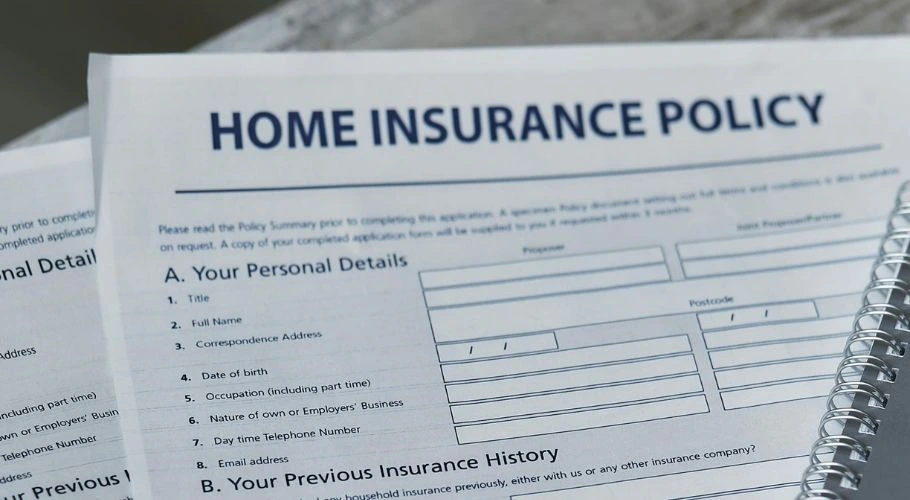
If your roof sustained hail damage, take photos of things like broken shingles and damaged spots. Additionally, keep records of the storm date as you’d likely need it when you file an insurance claim. Most homeowners’ insurance covers hail damage, but if you’re not sure, reach out to your insurance company or insurance agent to confirm.
A professional inspection report can make the claims process much smoother and help you get the coverage you need.
4. Schedule Repairs ASAP
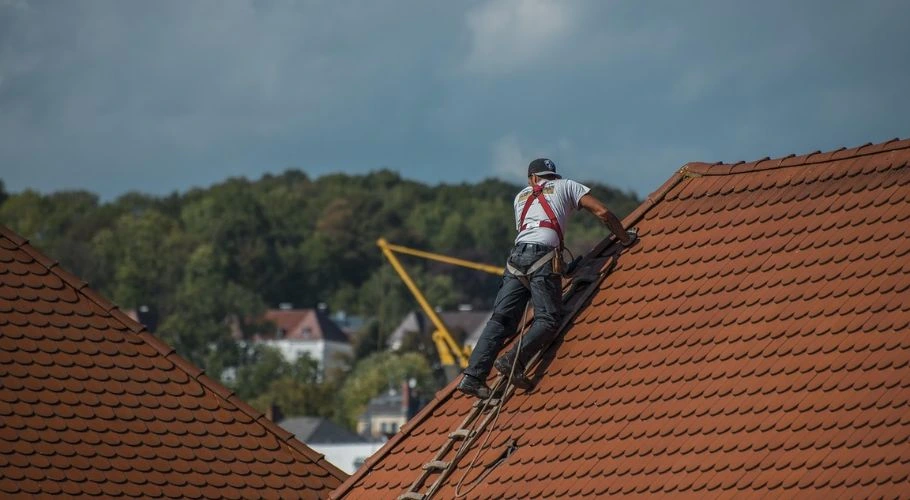
Hail damage might not always appear urgent, but even minimal or mild damage can turn into bigger problems if it’s not addressed as soon as possible. Many professional roofing companies in Oklahoma City offer repairs for property damage and roof damage after storms, including Robbins Roofing.
You can even get a quote for free! Roof inspections are important, so we want to give residential and commercial properties the best and most effective roofing services out there.
Let Robbins Roofing Handle Your Hail Damage Repairs
If your roof has taken a hit from hail, it’s time to reach out to a professional roofing contractor or company. Our team at Robbins Roofing is highly experienced in handling storm damage, including hail damage on a roof. So, when it’s time to repair your asphalt, metal, tile, slate, or wood shingles, or if you need a full roof replacement after an extreme hail storm, you can trust us to provide long-term solutions.
Visit our website or contact us to learn more!

